1. Napoleon chose an extremely strategic battlefield. He deliberately let the allied forces occupy the Pratzen Heights to create a sense of superiority, then counterattacked the center of the enemy forces, turning the advantage into a deadly weakness. Photo: Pinterest.
2. The French army was smaller but completely defeated the opponent. With about 68,000 troops, Napoleon confronted and defeated the allied army of more than 85,000 Austrian-Russian soldiers thanks to his superior tactics and command ability. Photo: Pinterest.
3. The morning fog helped conceal the French army's movements. Napoleon took advantage of the thick fog early in the day to secretly deploy his units, catching the allied forces by surprise when the main attack began. Photo: Pinterest.
4. The coalition failed because of overconfidence. Tsar Alexander I and General Kutuzov believed that Napoleon was in a weak position and was about to retreat, leading to serious mistakes in the deployment of the army. Photo: Pinterest.
5. Heavy losses for the coalition. The coalition lost more than 30,000 soldiers (including killed, wounded and captured), while the French only lost about 7,000. Photo: Pinterest.
6. This victory ended the Third Coalition. After the defeat, Austria was forced to sign the Treaty of Pressburg and withdraw from the war, paving the way for Napoleon to reorganize Europe according to his wishes. Photo: Pinterest.
7. The battle took place on the anniversary of Napoleon’s coronation. December 2, 1805, coincided with the first anniversary of Napoleon becoming Emperor of France, adding to the symbolism of the victory. Photo: Pinterest.
8. Austerlitz is considered the pinnacle of Napoleon's military campaign . The battle not only solidified Napoleon's position in Europe, but is also taught as a classic example of the tactic of striking at a vital weakness in military strategy. Photo: Pinterest.
Source: https://khoahocdoisong.vn/chien-thang-oanh-liet-nhat-doi-cam-quan-cua-napoleon-dai-de-post1548467.html



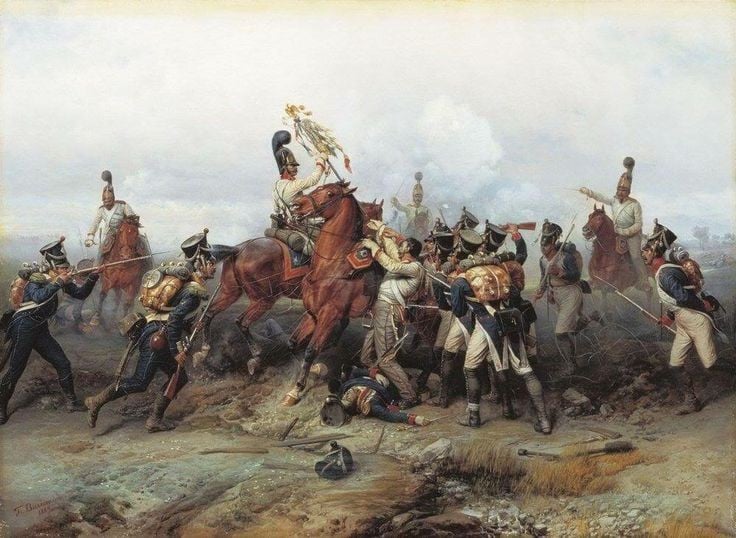
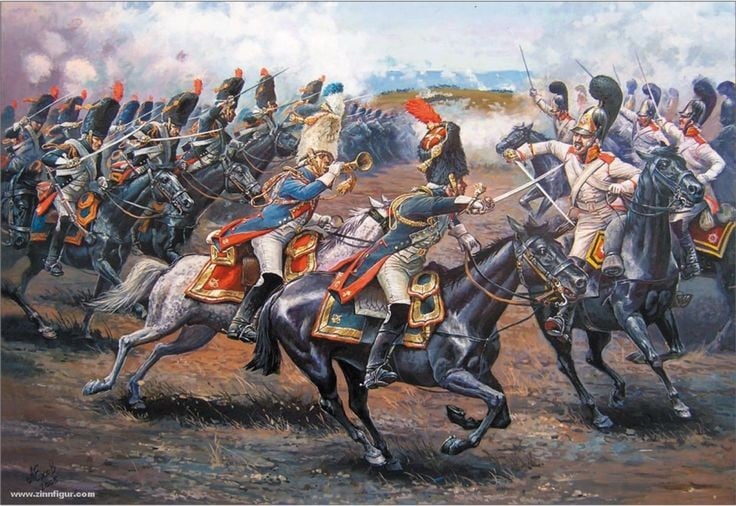
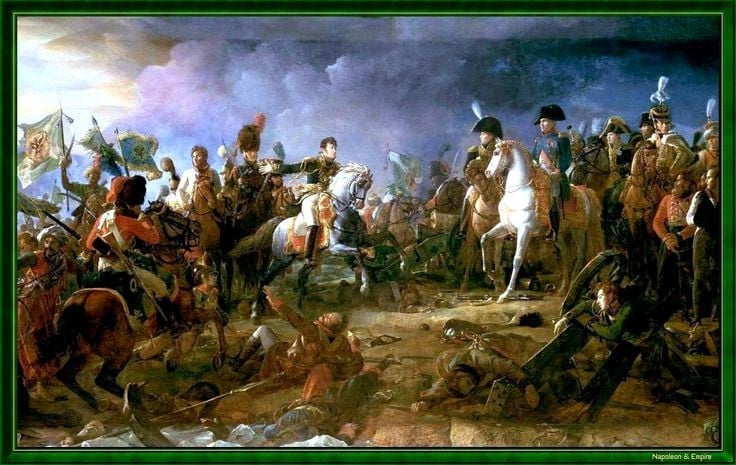

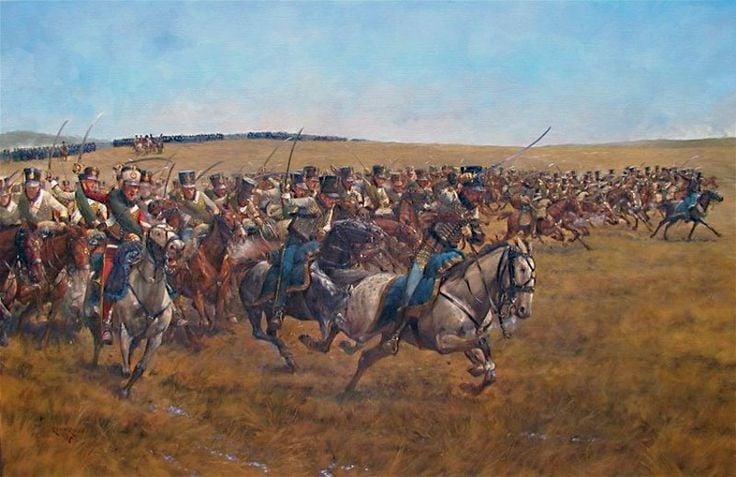
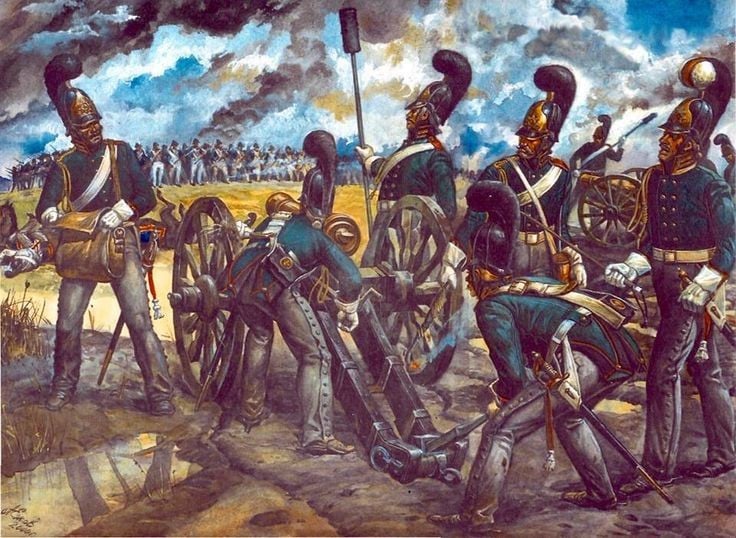
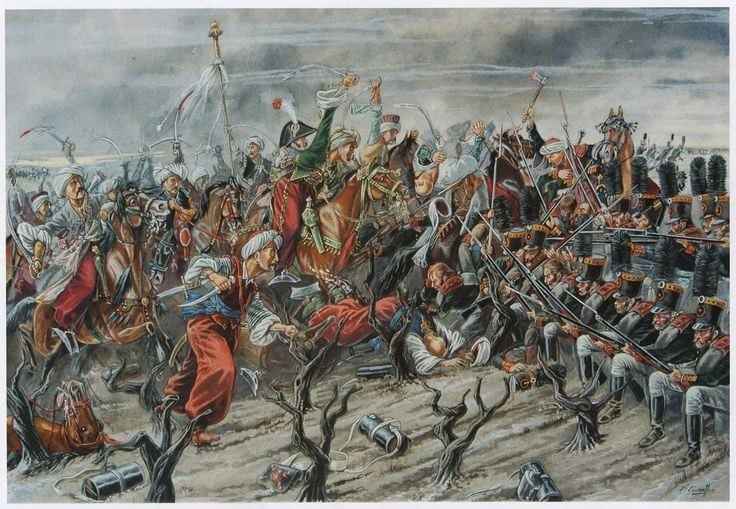

![[Photo] Chu Dau Ceramics – Proud of Vietnamese identity at Exhibition A80](https://vphoto.vietnam.vn/thumb/1200x675/vietnam/resource/IMAGE/2025/9/1/c62ab2fc69664657b3f03bea2c59c90e)
![[Photo] Solemn reception to celebrate the 80th anniversary of the National Day of the Socialist Republic of Vietnam](https://vphoto.vietnam.vn/thumb/1200x675/vietnam/resource/IMAGE/2025/9/1/e86d78396477453cbfab255db1e2bdb1)
![[Photo] National Assembly Chairman Tran Thanh Man receives Cambodian Senate President Hun Sen](https://vphoto.vietnam.vn/thumb/1200x675/vietnam/resource/IMAGE/2025/9/1/7a90c9b1c1484321bbb0fadceef6559b)
![[Photo] Celebration of the 65th Anniversary of the Establishment of Diplomatic Relations between Vietnam and Cuba](https://vphoto.vietnam.vn/thumb/1200x675/vietnam/resource/IMAGE/2025/9/1/0ed159f3f19344e497ab652956b15cca)
![[Photo] People eagerly wait all night for the parade on the morning of September 2](https://vphoto.vietnam.vn/thumb/1200x675/vietnam/resource/IMAGE/2025/9/1/0cf8423e8a4e454094f0bace35c9a392)
![[Photo] General Secretary receives heads of political party delegations from countries attending the 80th anniversary of our country's National Day](https://vphoto.vietnam.vn/thumb/1200x675/vietnam/resource/IMAGE/2025/9/1/ad0cb56026294afcae85480562c2e790)


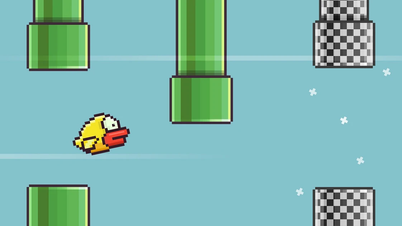
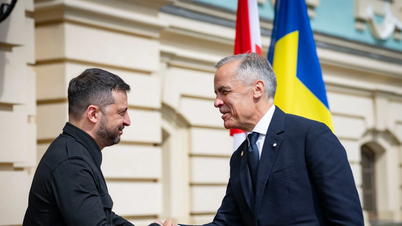

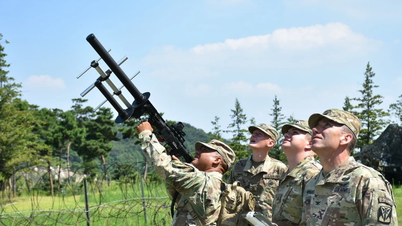


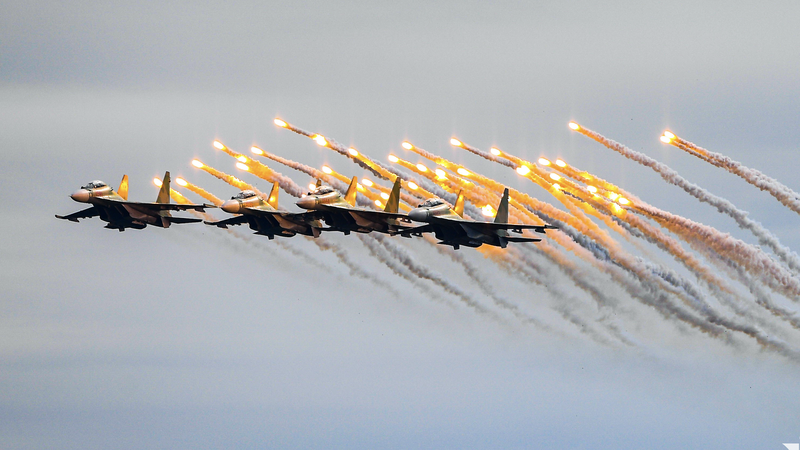
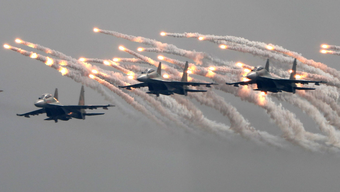
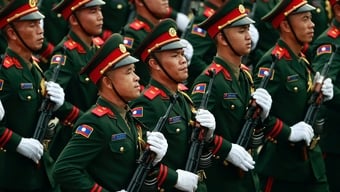




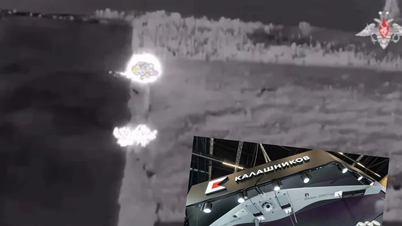


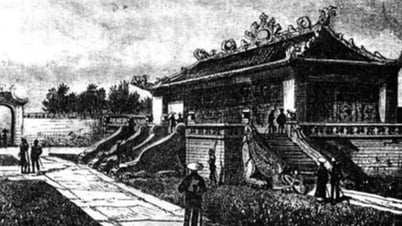























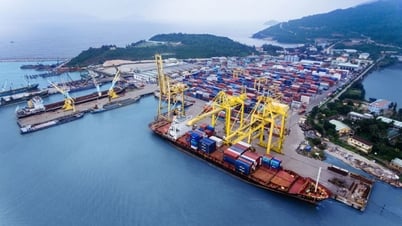







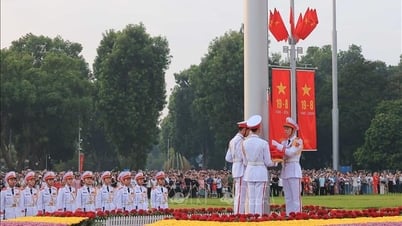






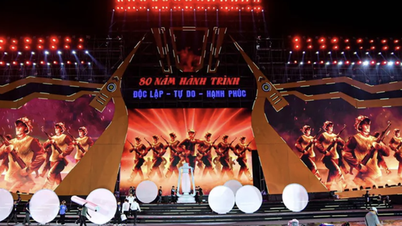


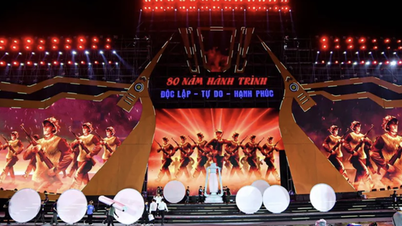

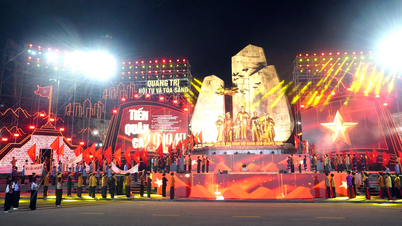



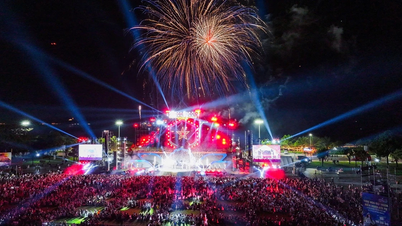





















Comment (0)